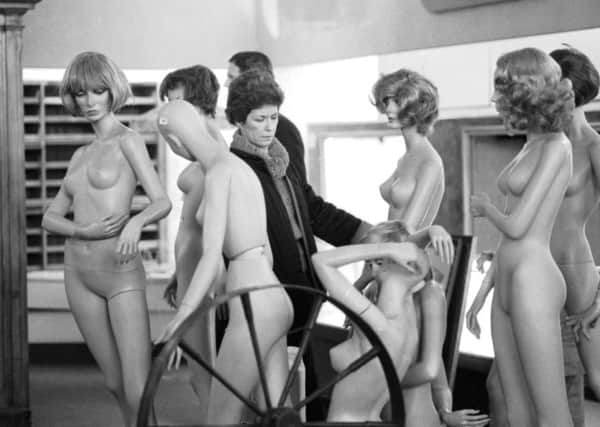Stephen Jardine: Community buyouts could save iconic department stores


Somewhere in the archives of this newspaper, a murky photograph exists. It shows a young man exiting a shop on Princes Street. As he left, the doors closed for the final time.
The young man was me and the shop was RW Forsyth. After more than 50 years in business, it couldn’t keep up with the changing face of retail and sold up. But not before serving one last student who happened to me. The Scotsman photographer was perfectly placed to catch my confused look leaving a largely empty shop. Thirty years on, another Princes Street institution is set to follow Forsyth’s into the retail history books. After months of financial problems, House of Fraser announced this week it is to close 31 of its 59 shops, including the giant West End store. Nearly 130 jobs are expected to be lost in Edinburgh.
Advertisement
Hide AdAdvertisement
Hide AdHow the mighty fall. The business started as a humble drapers in Glasgow in 1849 but a century later it was a major player in almost every high street in the land. It gobbled up independent department stores from Arnotts in Aberdeen to Falconers in Ayr before swallowing the ultimate prize, Harrods of Knightsbridge. By the late 70s the group had more than 100 stores but in the next decade it was sold and it has changed hands several times since.
This week’s cuts are a final attempt to save the business from collapse. Even the current boss described the announcement as “brutal” and “as tough as it gets”. If this cost-cutting doesn’t work then I think House of Fraser will be finished. And more department stores will follow. It’s only two years since BHS collapsed with the loss of thousands of jobs and Debenhams is now reviewing performance. If the collapse of big high street retail sounds swift, ask yourself, when was the last time you actually went into a department store? The whole point of a department store is to offer everything under one roof but internet shopping offers the world under the lid of your laptop. Add in rising wages and business rates and you have a recipe for disaster. Except it’s not that simple.
Down in Dumfries, Scotland’s oldest independent department store is still going strong. Barbours opened to the public in 1856 and has seen off every business challenge since the Crimean War. The owners put their success down to great customer service and continuing to invest in the business. There lies the clue to the fate of so many others. Lacking long-term investment, giant department stores are often simply miserable places to shop. Wandering around the vast badly laid out spaces feels like an experience straight out of East Berlin in the 1960s.
In contrast, those who have invested most are doing best. John Lewis, Selfridges and Harvey Nichols have all ploughed money into improving the retail experience. If House of Fraser is on a life-support machine, they are in the doctors waiting room but still the long-term prognosis is not great.
With Marks and Spencer and Mothercare also closing stores, there are fears our High Streets could turn ghost towns.
Moving forward, community buy-outs could be part of the answer. Until then the solution lies with us. If you want to save a local shop, use it or lose it.
